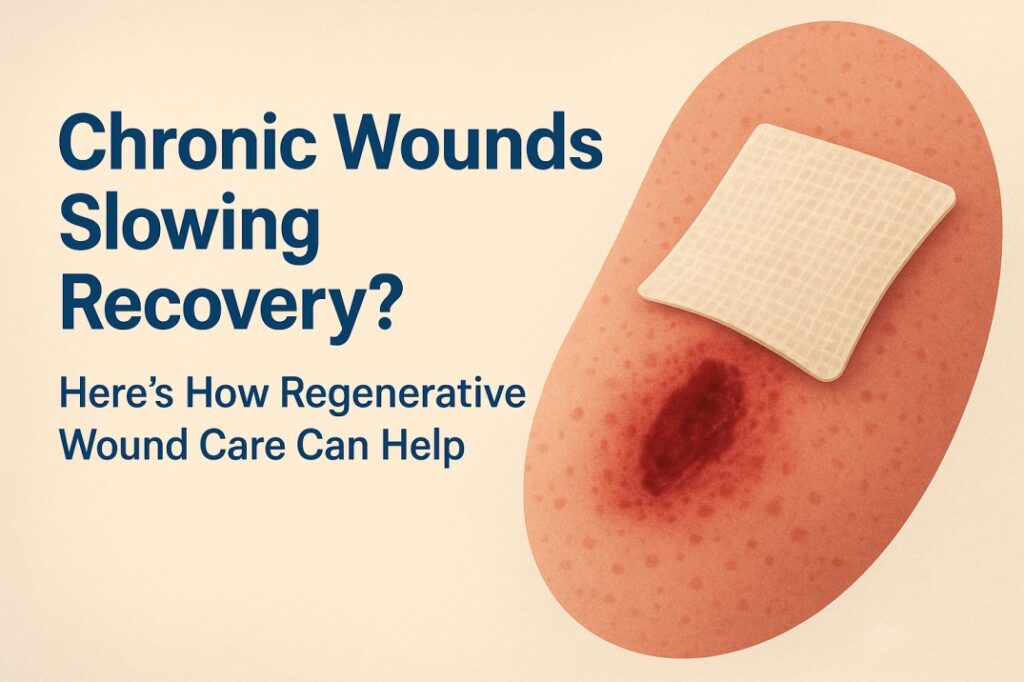Teeth whitening is a popular method for brightening a dull smile. It’s designed to lighten the shade of natural teeth by removing stains from the enamel. However, many people often confuse teeth whitening with tartar removal. It’s important to understand what teeth whitening can do and where its limitations lie. Let’s delve into Teeth Whitening Dubai.
What Is Tartar?
Tartar, also known as dental calculus, is a hardened form of plaque that forms on teeth over time when plaque isn’t properly cleaned away. Once tartar forms, it firmly adheres to the tooth surface and cannot be removed by brushing alone. Unlike surface stains, tartar develops both above and below the gumline, posing a risk to gum health if not addressed.
What Causes Tartar to Form?
Tartar buildup is commonly caused by:
Poor oral hygiene habits
Frequent snacking on sugary or starchy foods
Smoking or tobacco use
Infrequent brushing and flossing
Not drinking enough water to help wash away food particles
Surface Stains vs. Tartar
It’s easy to confuse surface stains with tartar because both can affect the appearance of teeth. However, they are different and require different treatments.
Surface Stains
These are usually caused by the consumption of coffee, tea, red wine, or certain foods. Surface stains lie on the outer enamel layer and are generally removable with whitening treatments. Whitening products and professional procedures target these stains to restore a brighter smile.
Tartar
Tartar is not a stain but a hardened deposit that requires professional cleaning for removal. Once plaque calcifies, it bonds strongly to the tooth surface, and whitening agents have no effect on it. Teeth whitening treatments are not intended for tartar removal and will not alter the color or presence of tartar deposits.
How Whitening Works on Stains
Whitening works by using agents that break down stain molecules on the tooth’s surface. The goal is to lighten discoloration caused by pigments in food, drinks, or tobacco. It’s effective for yellow or brownish tints that sit in the outermost layer of enamel.
Whitening treatments are excellent at:
Removing extrinsic (surface) stains
Brightening the overall appearance of the smile
Enhancing confidence by improving tooth color
Why Whitening Doesn’t Work on Tartar
Whitening products cannot penetrate tartar, as it is not a discoloration but a mineral buildup. Tartar needs to be physically removed through cleaning instruments. Whitening agents will not break it down, nor will they change its color. In fact, whitening treatments may even make tartar more noticeable if the rest of the teeth become whiter while tartar remains dark or yellowish.
Ideal Steps Before Whitening
Before considering whitening, a clean oral environment is essential. Tartar and plaque should be professionally removed so that whitening agents can work directly on the enamel. Skipping this step can limit results and cause uneven whitening, especially if tartar is present around the gumline or between teeth.
Maintaining a Brighter Smile
To maintain a stain-free smile and reduce tartar buildup, consistent oral hygiene is key. Daily habits have a big impact on both stain prevention and tartar control. This includes brushing twice a day, flossing daily, and rinsing the mouth after meals. Reducing stain-causing foods and drinks can also help maintain brightness after whitening.
Frequently Asked Questions
Can Teeth Whitening Be Done If Tartar Is Present?
While whitening can technically be done, it’s not recommended without removing tartar first. Tartar can block the whitening solution from reaching the enamel, leading to uneven color. A clean surface allows for better and more uniform results.
Does Whitening Make Tartar Go Away?
No, whitening treatments are not designed to remove tartar. They work only on surface stains and do not affect hardened plaque. Tartar must be physically removed by a professional during a cleaning.
Will Tartar Turn White After Whitening?
Tartar may appear lighter due to exposure to whitening agents, but it won’t actually be removed or altered in a meaningful way. In some cases, it may even look more noticeable against newly whitened teeth.
Should Tartar Be Removed Before Whitening?
Yes, having a clean and tartar-free mouth is important for achieving optimal whitening results. A proper cleaning ensures that the whitening gel contacts the enamel directly for more effective stain removal.
Can Whitening Prevent Tartar Formation?
Whitening doesn’t prevent tartar formation. Tartar buildup is best controlled through consistent oral hygiene and regular cleanings. Whitening is a cosmetic treatment and doesn’t affect the process that causes tartar to form.
Is It Safe to Whiten Teeth With Tartar?
It’s generally safe, but not ideal. Tartar-covered areas will not whiten, and the result can be patchy or uneven. For best results, it’s advised to remove all tartar deposits beforehand.
Conclusion
Teeth Whitening in Dubai is a great option for removing surface stains and enhancing the look of a smile, but it is not effective against tartar. Tartar is a hardened deposit that requires professional cleaning for removal. For those considering whitening, the first step should always be maintaining clean, healthy teeth to allow whitening agents to work properly. Regular brushing, flossing, and professional cleanings are the foundation for a bright and healthy smile.









